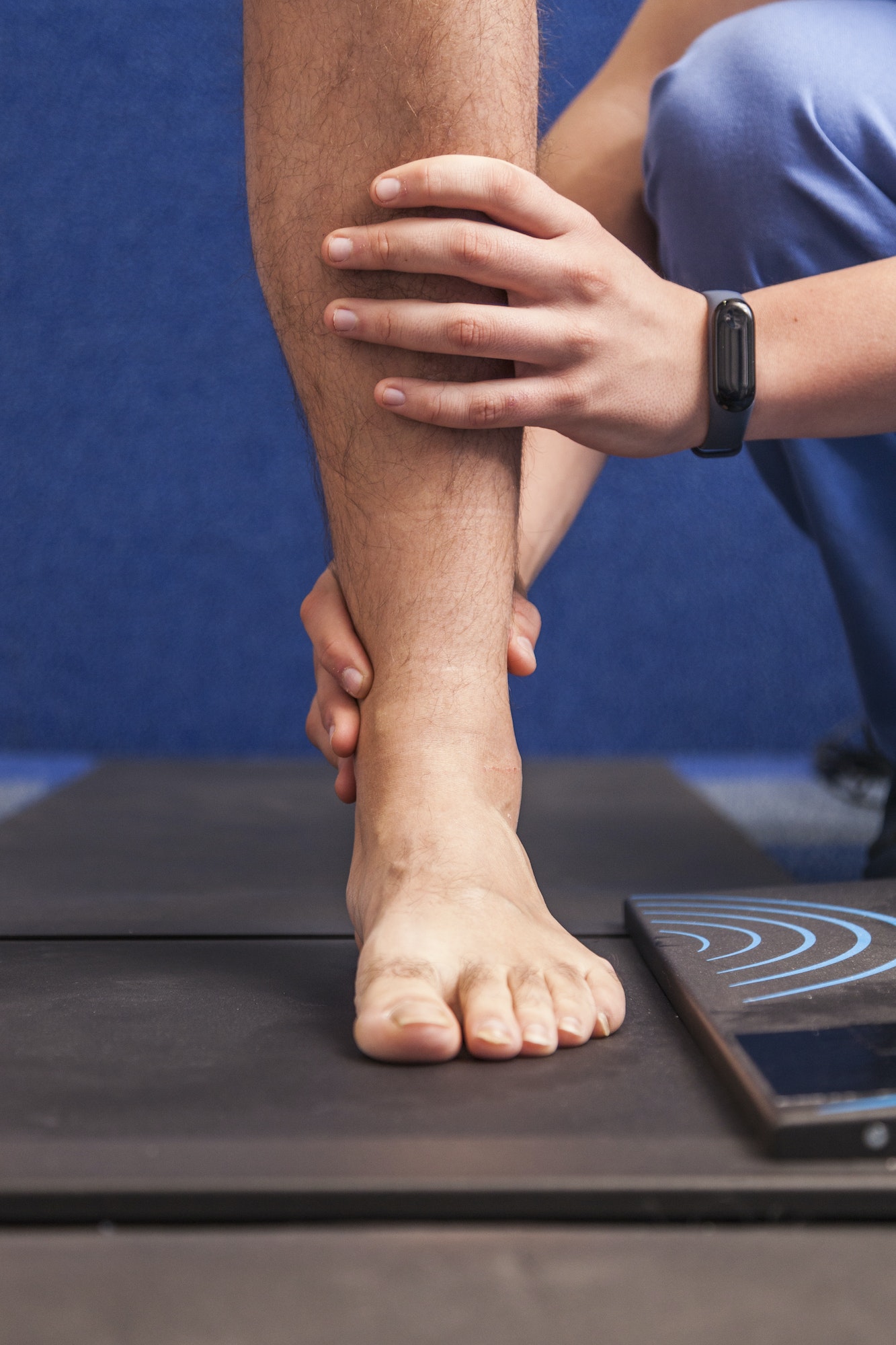Table of Contents
Is it OK To Go Barefoot All Day?
One thing to keep in mind in general when going barefoot is the worry of stepping on something that may pierce your skin, or a foreign body. Now I’m not talking about random Lego pieces or small toys (they can be very painful as well!) but there may be pieces of objects or materials that cannot be seen easily with the naked eye. Hopefully we all keep our kitchens and floors very clean and when something is dropped on the floor, its pieces are immediately swept up. But in our office, we have seen people come in after stepping on a piece of glass, and remembering that they cleaned that up a few weeks ago! Sometimes patients with hardwood floors that need to be redone find splinters with their feet, or even someone who is an avid sewer or seamstress may have dropped a needle on the carpet, only to find that they “found” it on the bottom of their foot. So if you do decide to go barefoot at home, be aware that there may be foreign objects abounding.
When you step on an object, you will feel it immediately. However there are some aches and pains that may come over time and after several days or prolonged periods of time going without shoes. What people tend to forget is that although it feels great to kick off your shoes and go barefoot, shoes (and very often the inserts in them) give great support for your feet. So when you are barefoot, every step you take lacks arch support. When there is lack of arch support, this can cause arch pain that can be due to a posterior tibial tendinitis and it can also contribute to heel pain, or plantar fasciitis. The posterior tibial tendon is the tendon that has the muscle belly that starts in the leg, and its tendon courses behind the ankle bone and inserts by your arch. It works very hard to hold up the arch when standing or walking. Without the support of a shoe all day, the arch flattens out when you stand, and this pulls on the tendon, stretching it out. So you may get a posterior tibial tendon inflammation, or tendinitis. On the same note, without arch support and when the foot flattens out, it pulls on the plantar fascia. The plantar fascia is a band of tissue that starts at the heel, goes across the arch, and inserts in the ball of the foot. For many patients, the extra stretching causes undue stress on the plantar fascia, causing inflammation, or plantar fasciitis.
Going barefoot means a lack of a heel lift, and this can aggravate the tendon in the back of your heel. Pain in the back of the heel typically means that you are developing Achilles tendonitis. The Achilles tendon is that cord-like tendon that originates from the gastroc soleus tendon, or the calf muscle, and inserts in the back of your heel. When you are used to wearing shoes all the time, the heel is lifted slightly and this causes the Achilles tendon to contract and shorten. It can be permanently shortened due to your body being used to wearing shoes; this is even more prominent in women who wear high heels where the Achilles tendon is contracted even more so. When you are barefoot, that flattened heel stretches the Achilles tendon insertion, and you may get pain in the back of your heel. How to remedy this? Try to vary the height of your heel, so your body does not get used to the shortened length of the Achilles tendon. Be sure to do calf stretches often, to keep flexibility in that tendon. You can find stretching techniques on our website here.
Sometimes shoes and socks can also provide compression. When you are used to wearing socks and shoes then go barefoot, your body may lack some of that compression on the lower extremity. Compression helps with circulation and keep your veins and arteries healthy. Keeping compression also decreased edema, or swelling, in the legs and ankles. So if you are without socks and shoes, then there may be increased edema in the ankles and legs. One way to remedy this is to consider not going completely barefoot, but instead wear socks at home, specifically compressions socks. Compression socks can be bought over the counter with minimal compressions. If you prefer, you can visit a running specialty store and they will have compression socks of all colors, sizes, and styles.
So if you would like to go barefoot, have at it. Just be aware that there are some hazards that may occur. You may step on something on the floor and feel immediate pain, and other ailments may come over time after several days or weeks of going barefoot like the various tendinitis disorders I mentioned above. In order for you to kick off your shoes at home and remain free of aches and pains, consider wearing a comfy slipper with an arch support instead. Or even better yet, a slipper with which you can put your custom orthotics in. But if you do decide to go barefoot, and if you end up with one of these issues that I mentioned above, you know where you can go for pain relief. Visit one of our doctors to come up with a diagnosis and have you on your way to being pain free.

Meet Weil Foot & Ankle Institute
By: Weil Foot & Ankle Institute, Published: May 1st, 2020
Review By: Kristin Abruscato DPT – Jan 19th, 2023


